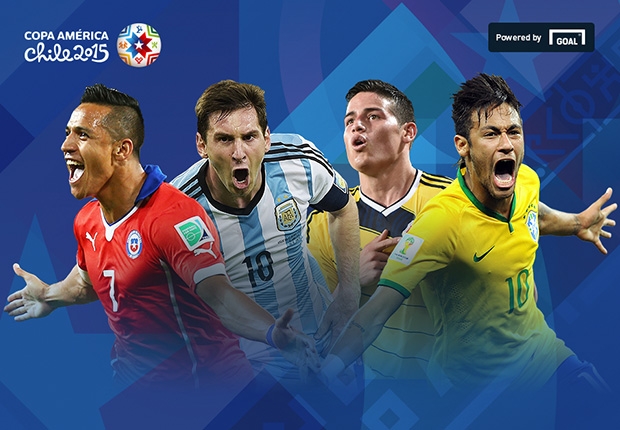Interested in South America and not just for its football?
Hours away from the first match of the 2015 Copa America, here are just three things that the famous “Copa” can teach you about exporting to this wonderful and colourful continent.
1- Not that far.
British exporters usually have an idea that Latin America is far, exotic and rather alien.
Well, Chile, the host nation this year, is just 4 hours behind the UK. And for a combination of reasons, that’s the same time zone right now as Brazil, Argentina and Uruguay. Not that far (Brazil and Uruguay are only 2 hours behind the UK for part of the year).
Exotic? Watch the matches carefully. You’re unlikely to see any hot beaches or rainforests. Mountains and a desert, maybe, but that’s about it. And if you visit Santiago, look out for Lush, Topman, Accesorize, Whittards of Chelsea, Clarks Shoes and so on. Really that different from home?

Topman (Santiago de Chile)
By the way, it’s winter over here in South America. And in most of Chile, that means it’s cold. And so it’s here in Montevideo where I am writing from… I miss central heating.

Flying over the Andes
2- Geographically confused.
I always find the need to clarify this, and the Copa is not making it easier for me…
Latin America comprises countries across North, Central and South America, it’s a cultural unit, not a geographical one. That’s why Mexico (North America), Costa Rica (Central America) and Uruguay (South America) are all Latin Americans. And, by the way, all “Americans”, too, but we’re getting too political here.
North, Central and South America include countries that are not part of Latin America, such as the US (North), Jamaica (Central or “Caribbean”), and Surinam (South).
The “Copa America” is technically the South American Cup, organised by the Conmebol. But it excludes Guyana, Surinam and French Guyana (I apologise for my spelling of these three), which are also in South American geographically but not part of the Conmebol.
Now, to further complicate things, to what I call the ten “core” South American countries (Brazil, Argentina, Colombia, Uruguay, Paraguay, Ecuador, Venezuela, Peru, Bolivia and Chile), this year the “Copa” also includes Mexico (North America, Latin America) and Jamaica.
That’s why you might no longer now find it weird that for example Costa Rica and Panama are not playing in the “Copa” (but they are very interesting export markets!). Worked it out?
If you get this right, you won’t offend any Mexicans by calling them “South Americans” or any Brazilians by excluding them from “Latin America”. It’s not minor, believe me. It will also help you when you organise market visits and business trips. Mexico is far from Uruguay. Very, very far.
And it will also help making the distinction for when you discuss exclusivity rights. It’s not the same to give away rights to South America than to Latin America. Absolutely not.
3- South America is ever so diverse.
Seeing South America as a unit because we all speak Spanish is wrong. Firstly, because Brazilians speak Portuguese, not Spanish (and you will limit your chances of success in Brazil if you present yourself with your marketing materials in Spanish…). Second, seriously, do we all play football the same way? Would you swap a Brazilian star for a Bolivian one? Probably not.

Estadio Centenario, Montevideo, Uruguay
Also, look at the faces of the players, just that. Look at the squads. Don’t Uruguayans and Argentineans look rather similar? But quite different from Peruvians and Colombians, who are also different between them? Watch the surnames, too. They will tell you a lot about these countries.
Even if football teams are not representative of the whole population, but they will give you some clues and show you that South America is a rich and varied region. Those faces and names are different because they represent different immigration patterns, socioeconomic profiles, labour markets and so on. Those are the faces and names of the people you will deal with when you export to this region, and of your consumers and partners. Each market in South America is different, so look after each one of them with the uniqueness they deserve.

We really hope you enjoy the Copa America. If you’ve followed this blog long enough or if you subscribe to the newsletter, you’ll know where my heart is! Oh, and did you know that Uruguay has won more “Copas” than any other team?…
